Are you teaching students word problem key words, thinking learning math word problems vocabulary will help students understand the questions better?
However, did you know that there are some debates about keywords for word problems in math?
No? Don’t worry, I will address them later in the blog.
In this blog, I will share with you:
- What are the keywords in math word problems
- Pros of using key words for solving math word problems
- Cons of using key words in math story problems
- Other ways to guide students to solve word problems
- How to use keywords to identify concepts
What Are Word Problem Key Words?
Word problem key words are words or phrases that are important for understanding the question in order to solve it.
Many use these keywords to determine the mathematical operations (addition, subtraction, multiplication, or division) to use.
For example, below is a list of key words and phrases that are associated with the specific operation.
Addition Word Problem Key Words
- Add
- Sum
- In total
- Plus
- Altogether
- All together
- More than
Subtraction Word Problem Key Words
- Subtract
- Minus
- Difference
- Less than
- Fewer
- How many more
- Take away
- Left
Multiplication Word Problem Key Words
- Product
- Multiply
- Times
- Multiplied by
- Twice as many as
Division Word Problem Key Words
- Quotient
- Shared equally
- Each
Why Should You Use Word Problem Keywords?
Sometimes students struggle with word problems because they don’t understand the text and are thus not sure how to approach solving them.
Using keywords in solving math word problems can help students tackle the problem caused by language and let them focus on applying their mathematical skills.
Why you shouldn’t teach keywords for math word problems
Some teachers are against teaching keywords because they feel by doing that we are not encouraging students to think critically and understand the problem completely.
Students will utilize the meaning of the keywords in general instead of understanding them in the context.
As a result, students will develop the habit of just searching for the keywords, don’t study the problem, and simply using the corresponding mathematical operations even if it doesn’t make sense.
For example, more than in word problems does not necessarily associate with 1 operation.
Example 1
Ava has 10 apples.
Ben has 5 more apples than Ava.
How many apples does Ben have?
Ben: 10 + 5 = 15
Example 2
Ava has 10 apples.
She has 5 more apples than Ben.
How many apples does Ben have?
Ben: 10 – 5 = 5
My Thoughts On Word Problem Key Words…
…Use them to a certain extent.
I teach students what are the keywords and their meaning, but I don’t fixate them with mathematical operations that we must use in the equations.
I teach students how to analyze the relationships between the characters using the keywords. Reflecting on the relationship with a model can help students visualize them.
Furthermore, continuing with the example above, I will associate the keyword “more than/less than” as the difference instead of addition and subtraction.
In addition, I will also teach students the keywords that reflect certain types of word problems or concepts. Usually, that will encompass a specific strategy or steps to follow.
For example, when students see 2 characters or more, and they saw comparison keywords (i.e. more than, twice as many as, fewer than), they will know that they need to draw a comparison model.
Another example is when we see a fraction of A is equal to/the same as a fraction of B, this is the Equal To concept. It requires students to make the numerator the same and treat the denominator as the original number of units.
Other examples are the before and after concepts of ratio. Read this blog post if you are interested to learn.
Alternatives to teaching keywords:
Rephrasing
Asking students to rephrase the problem in their own words can show their understanding of the problem.
Ask guiding questions
- What is the missing information?
- Does the problem involve comparing quantities?
- What are the values of all characters?
- What can we find?
Draw models or other visuals
I like to use this strategy as it helps students visualize and really understand the question.
Related read:
- Solve Word Problem Easily With A Model: A Step By Step Solution
- Do You Need Help To Draw Models To Solve Multiplicative Word Problems?
Restating the questions
Restating questions as equations or other non-text forms can help make the whole chunk of text more readable.
Try numberless word problems
It ensures that they really know how to solve word problems instead of relying on the numbers to give them hints on the operations to use.
For instance, these are great for preventing students from taking bigger numbers and subtracting or dividing them.
Final Thoughts
Not sure if your students are relying too much on keywords and their “associated” mathematical operations?
Test them by making them identify the mathematical operations of 2 different word problems with the same keywords.
There is nothing wrong with trying to find a “shortcut” to help students meander their way through the maze of word problems. After all, they are just part of the many strategies that we impart to our students.
Check out these printable math resources for teaching students to solve word problems using models:
- Addition and Subtraction Word Problems Within 100 Worksheets
- 4th Grade Multiplicative Comparison Word Problems
- Worksheet On Word Problems

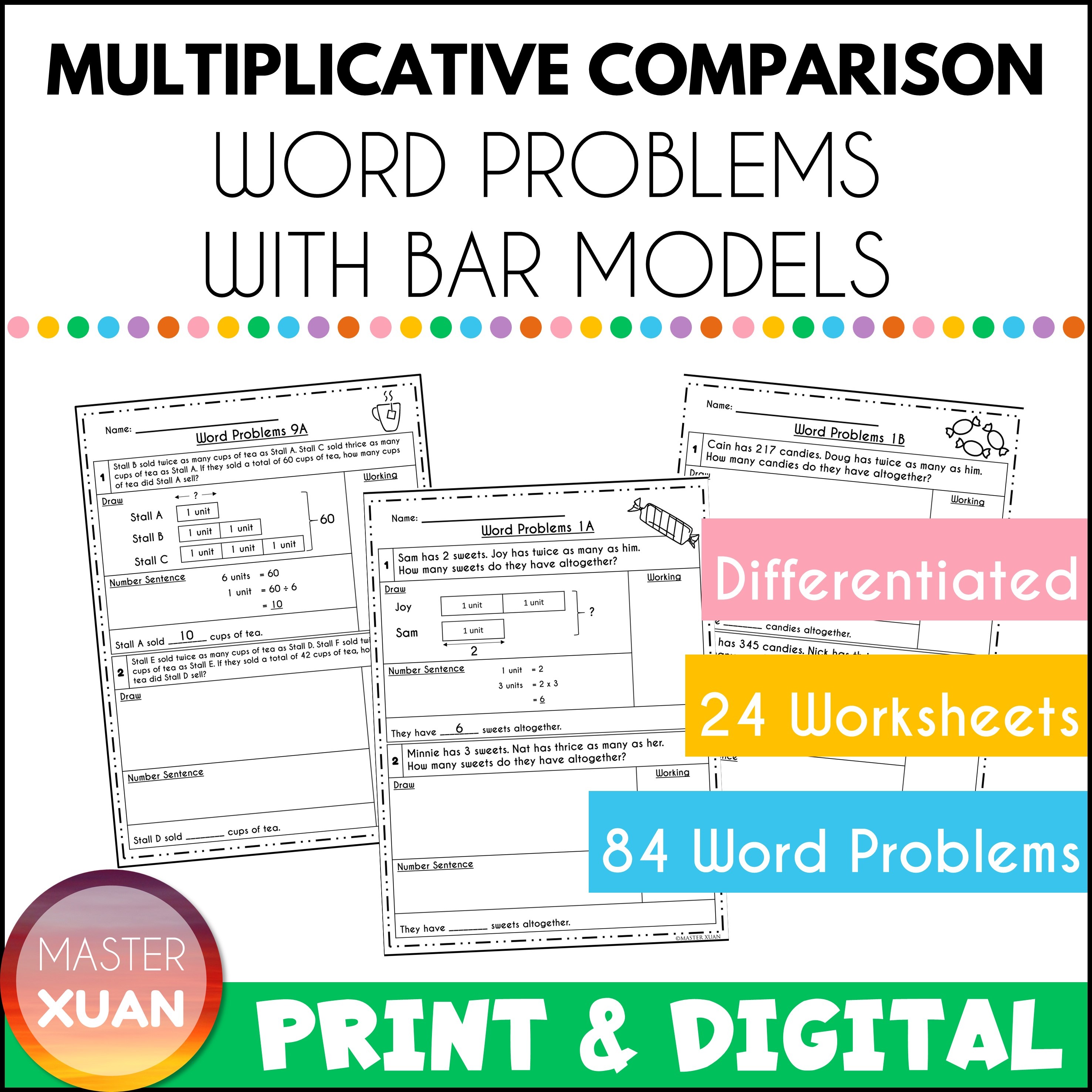

Related Read: 20+ Useful Resources For Solving Word Problems In Maths
Here are some pins that you can save to bookmark this post. Save them to your Pinterest Board now! ↓
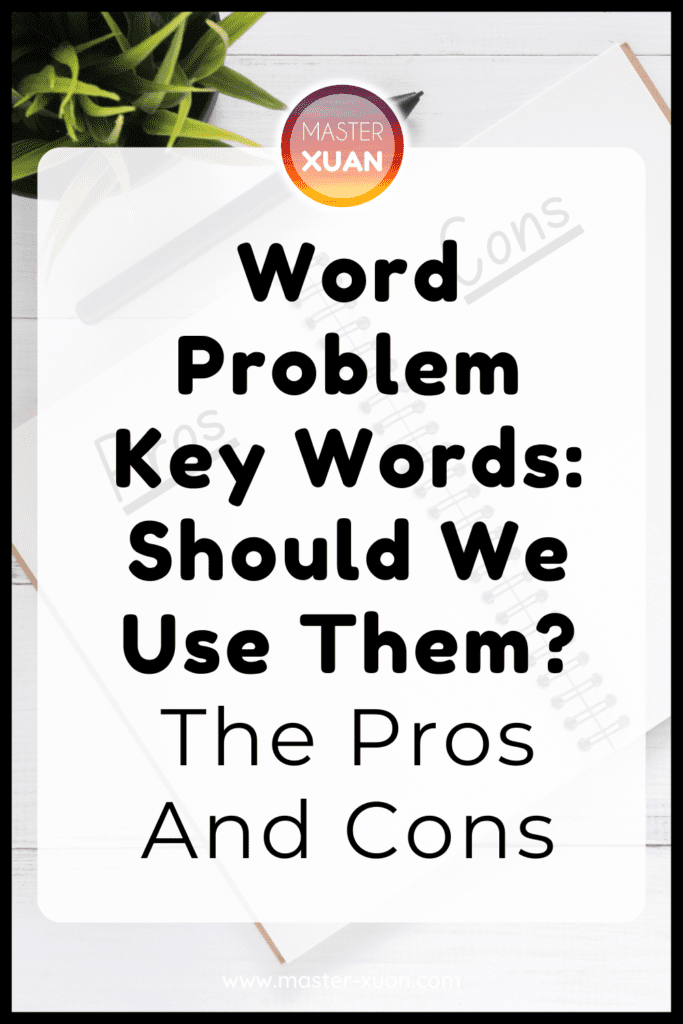
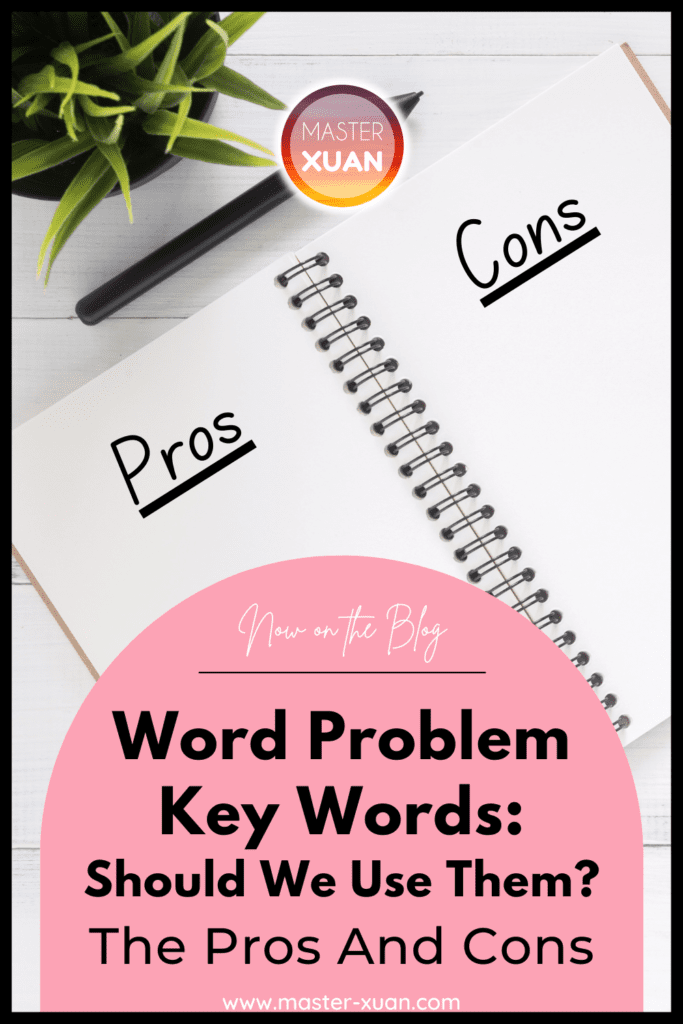
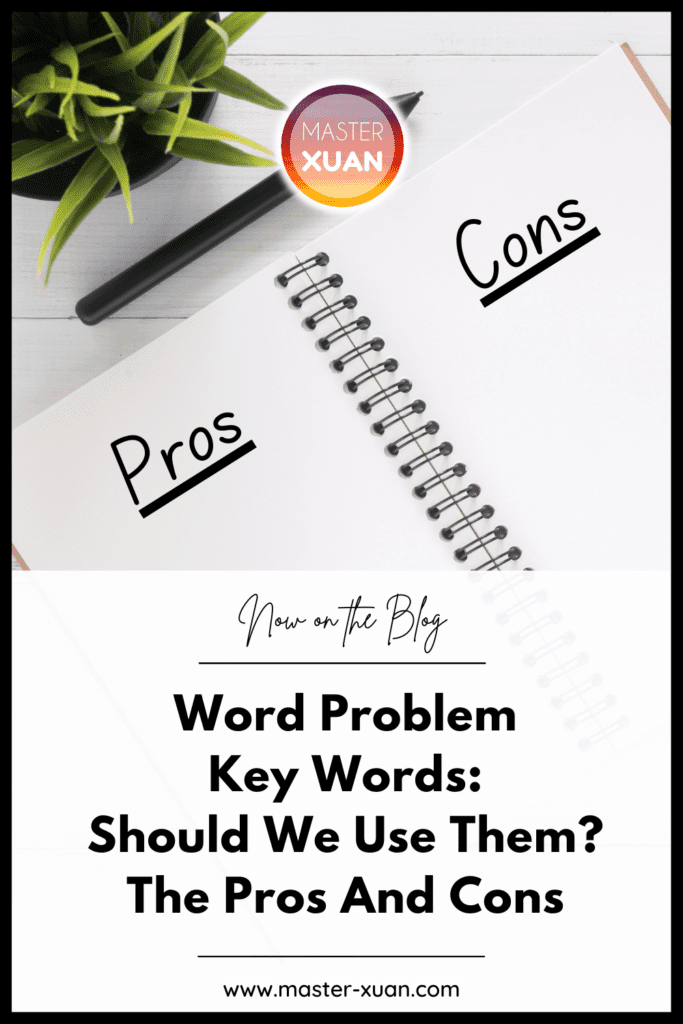

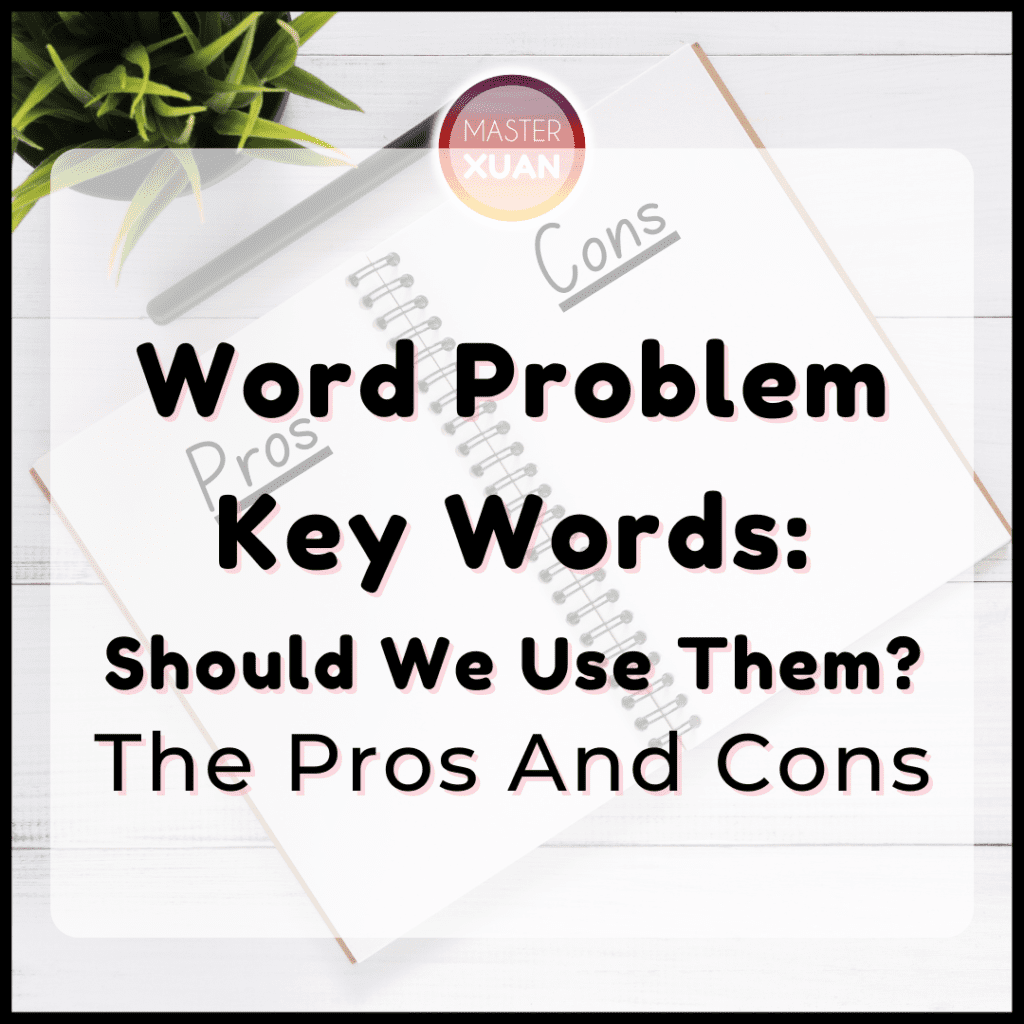

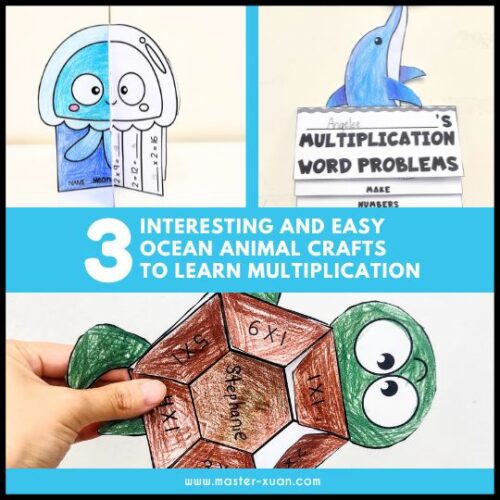
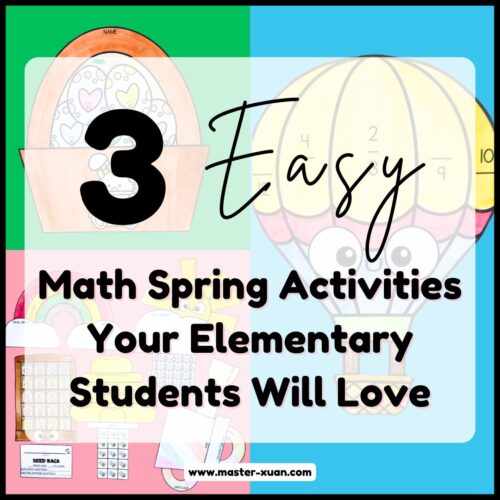
Good post!
Thank you!